When you hear the word 'mojito', your mind probably jumps straight to that refreshing Cuban cocktail made with mint, lime, and rum. But what if I told you that there’s a spice blend cleverly named 'mojito seasoning' that can transform your cooking just as magically?
This guide is crafted specifically for home cooks and food enthusiasts seeking effortless ways to infuse restaurant-quality tropical flavors into everyday meals. Discover how this versatile blend eliminates complex flavor-balancing challenges while delivering consistent, vibrant results.
In this comprehensive guide, we’ll explore mojito seasoning’s origins, flavor mechanics, and innovative applications you won’t find in generic spice tutorials. Whether you're meal-prepping weeknight dinners or hosting summer gatherings, this guide delivers actionable culinary upgrades.
Table of Contents
- What Is Mojito Seasoning?
- Why Is It So Popular?
- Mojito Seasoning Ingredients Breakdown
- How to Use Mojito Seasoning Like a Chef
- Tasty Recipes to Try With Mojito Seasoning
- DIY Mojito Seasoning: Make It at Home!
- Storage Tips for Longevity & Flavor
- Where to Buy the Best Mojito Seasoning
- Is It Healthy? Nutritional Insights
- Frequently Asked Questions
What Is Mojito Seasoning?
Mojito seasoning is not an actual ingredient from the classic mojito cocktail but rather a modern spice blend inspired by its flavors. This unique seasoning typically combines elements like:
- Lime zest
- Mint leaves (or mint extract)
- Citrus-forward herbs
- Salt
- Black pepper
- Sugar (to mimic the sweetness of the cocktail)
- Garlic powder or onion powder
The result is a zesty, aromatic mix that adds a fresh, tropical flair to dishes ranging from grilled chicken to seafood tacos.
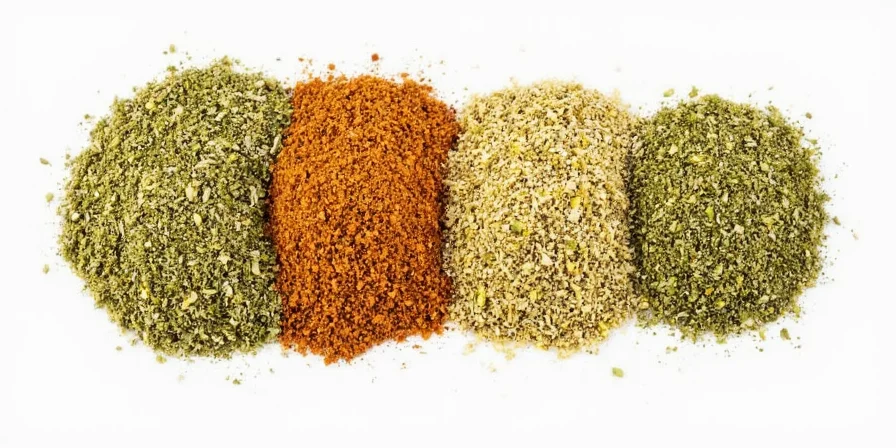
Why Is Mojito Seasoning So Popular?
In recent years, chefs and foodies alike have been experimenting with seasonings inspired by cocktails and desserts. Mojito seasoning rides this wave by bringing a vibrant, clean flavor that pairs well with both traditional and fusion cuisines.
Its rise in popularity can be attributed to three main factors:
| Factor | Description |
|---|---|
| Familiar Flavor | Borrowed from a globally loved cocktail, mojito seasoning feels instantly recognizable and exciting. |
| Versatility | Works great on meats, veggies, grains, and even popcorn! |
| Seasonal Appeal | Ideal for spring and summer menus due to its light, citrusy notes. |
Beyond surface-level trends, mojito seasoning represents a culinary shift toward 'flavor layering'—the professional technique of building complexity through single-ingredient solutions. Unlike traditional spice mixes confined to one cuisine, this blend bridges cocktail culture and cooking, making mixology-inspired flavor balancing accessible to home kitchens. This democratization of professional techniques explains its staying power beyond fleeting food fads.
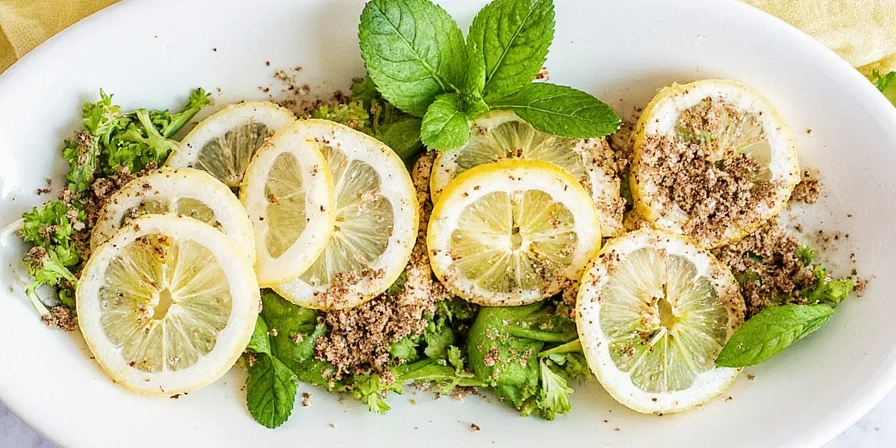
Mojito Seasoning Ingredients Breakdown
To understand why mojito seasoning works so well, let's break down its core ingredients and what each contributes to the overall flavor experience:
| Ingredient | Flavor Contribution | Alternative Options |
|---|---|---|
| Lime zest | Fresh, tangy brightness | Dried lemon peel, citric acid |
| Dried mint | Cooling herbal note | Spearmint extract (use sparingly) |
| Sea salt | Base flavor enhancer | Kosher salt, pink Himalayan salt |
| Black pepper | Spicy warmth | White pepper (milder), cracked black pepper |
| Granulated sugar | Subtle sweetness | Coconut sugar, honey crystals |
| Garlic/onion powder | Umami depth | Shallot powder, chive flakes |
How to Use Mojito Seasoning Like a Chef
You don’t need a fancy degree to master mojito seasoning — just a little creativity and these smart tips:
- Rub it in: Use it as a dry rub for grilled fish, shrimp, or chicken before cooking.
- Shake it up: Add a teaspoon to vinaigrettes or marinades for a citrusy kick.
- Dip it: Mix with olive oil or Greek yogurt for a quick dip or spread.
- Popcorn twist: Sprinkle over freshly popped popcorn with melted butter for a fun snack.
- Pasta boost: Toss with hot pasta, olive oil, cherry tomatoes, and mozzarella for a breezy summer dish.
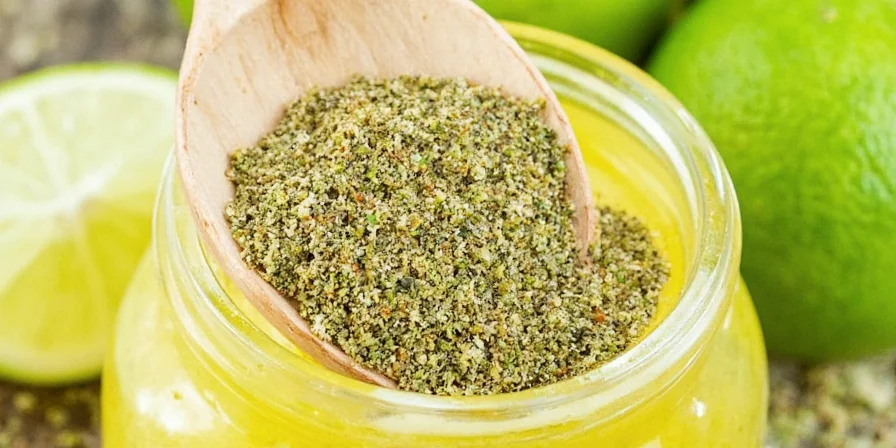
Tasty Recipes to Try With Mojito Seasoning
Ready to experiment? Here are three simple yet delicious recipes to get you started:
1. Mojito Grilled Shrimp Skewers
- Ingredients:
- Shrimp (peeled and deveined)
- Olive oil
- Mojito seasoning
- Lime wedges
- Directions:
- Toss shrimp with olive oil and mojito seasoning.
- Skewer and grill until pink and slightly charred.
- Serve with lime wedges and cilantro.
2. Citrus Quinoa Salad
- Ingredients:
- Quinoa
- Cherry tomatoes
- Cucumber
- Feta cheese
- Mojito seasoning
- Lemon juice
- Directions:
- Cook quinoa according to package instructions.
- Toss cooled quinoa with chopped veggies, feta, mojito seasoning, and lemon juice.
- Chill for 30 minutes before serving.
3. Mojito Popcorn Crunch
- Ingredients:
- Popcorn kernels
- Butter
- Mojito seasoning
- Optional: Parmesan cheese
- Directions:
- Pop corn kernels using your preferred method.
- Melt butter, add mojito seasoning, and drizzle over popcorn.
- Add grated Parmesan if desired. Enjoy!
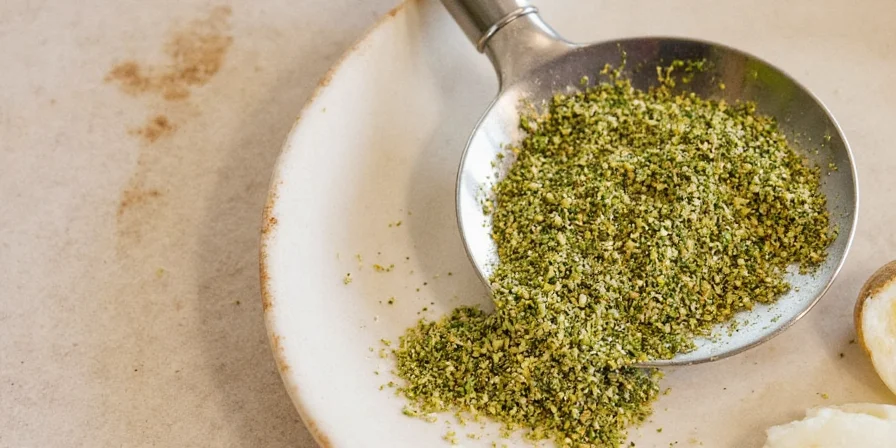
DIY Mojito Seasoning: Make It at Home!
Want to customize your own batch? Here's a simple DIY recipe you can try in under 5 minutes:
Homemade Mojito Seasoning Recipe
- 2 tbsp sea salt
- 1 tbsp dried mint (or ½ tsp mint extract)
- 1 tbsp lime zest (dried or fresh)
- 1 tsp garlic powder
- ½ tsp black pepper
- 1 tsp granulated sugar
Mix all ingredients thoroughly in a small bowl. Store in an airtight container.
Pro Tip: Add a pinch of dried basil or lemongrass for an exotic twist!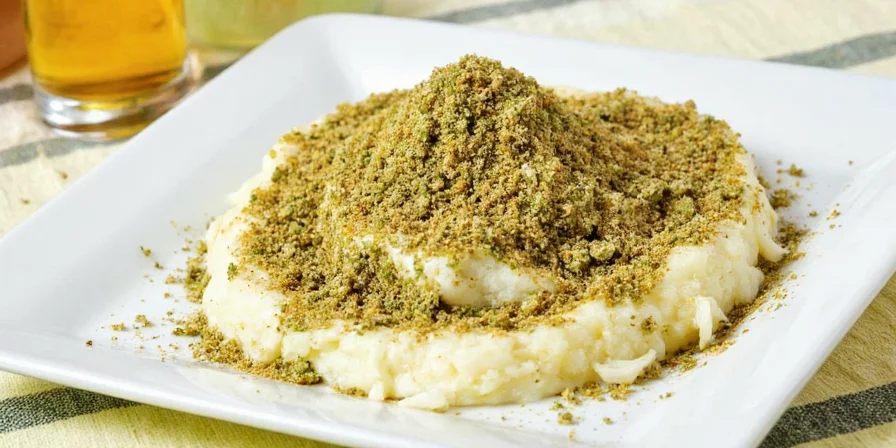
Storage Tips for Longevity & Flavor
To keep your mojito seasoning tasting its best:
- Store in a cool, dark place — away from heat and moisture.
- Use within 6 months for optimal freshness.
- Label your jar with the date you made it — trust us, it helps!
- If you live in a humid area, consider adding a silica gel packet to the jar to prevent clumping.
Where to Buy the Best Mojito Seasoning
If making your own isn't your thing, many specialty spice shops and online retailers sell high-quality mojito seasoning blends. Some popular brands include:
- The Spice Garden – Known for organic, small-batch blends.
- Gourmet Palate Co. – Offers a balanced, mild version ideal for beginners.
- Caribbean Flavors Inc. – Adds real coconut flakes for extra texture and taste.
Always check reviews and ingredient lists to find one that aligns with your dietary preferences (e.g., gluten-free, vegan).
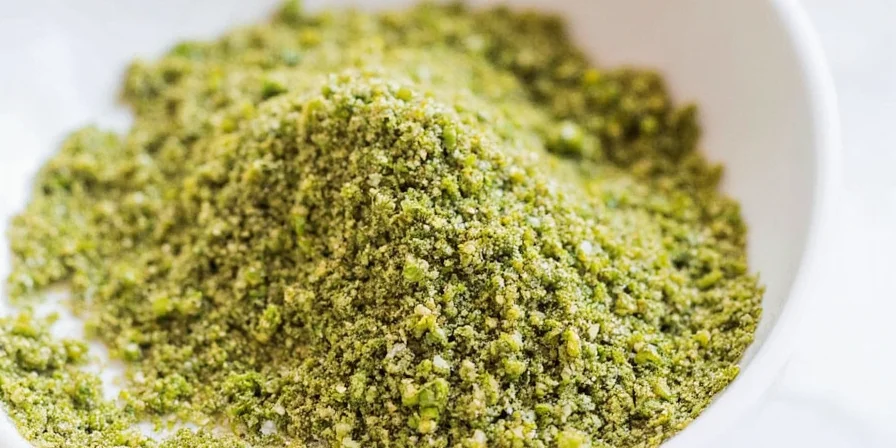
Is Mojito Seasoning Healthy? Nutritional Insights
Mojito seasoning is naturally low in calories and fat-free. Since it’s a spice blend, it doesn’t contribute significant macronutrients but can enhance flavor without the need for added salt or sugar. However, moderation is key — especially if you’re watching sodium intake, as some commercial versions may contain higher salt levels.
Beneficial components include:
- Lime zest: Rich in vitamin C and antioxidants.
- Mint: Contains menthol, which aids digestion.
- Herbs: Provide phytonutrients and anti-inflammatory properties.
Frequently Asked Questions (FAQ)
What is mojito seasoning made of?
Mojito seasoning typically combines lime zest, dried mint, sea salt, black pepper, sugar, and garlic or onion powder. These ingredients capture the fresh, citrusy, and slightly sweet profile of the classic mojito cocktail.
Can I use mojito seasoning in baking?
Yes, but sparingly. Its citrus and mint notes work well in light baked goods like shortbread cookies or lemon cakes. Avoid using it in chocolate-based recipes as the flavors may clash.
Is mojito seasoning gluten-free?
Most commercial blends are gluten-free, but always check the label. When making your own at home, ensure all ingredients (like sugar or salt) are certified gluten-free if needed.
How does mojito seasoning differ from taco seasoning?
Taco seasoning relies on chili powder, cumin, and paprika for a warm, earthy profile, while mojito seasoning focuses on bright citrus and mint. They serve different flavor purposes: taco for bold south-of-the-border dishes, mojito for fresh, tropical accents.
Conclusion
Mojito seasoning transcends being just a trendy blend—it’s a strategic flavor tool that solves real kitchen challenges. By delivering restaurant-quality citrus-mint complexity in one step, it empowers home cooks to elevate ordinary meals with professional finesse. Its versatility across proteins, grains, and snacks makes it uniquely valuable for time-pressed cooks seeking consistent results.
With rising availability and its health-conscious profile (naturally low-calorie with functional ingredients), mojito seasoning has earned permanent space in modern pantries. Whether you choose a premium store-bought version or customize your own blend, this zesty innovation proves that cocktail-inspired cooking isn’t just fun—it’s genuinely practical.
Start small with popcorn or grilled proteins, then experiment with unexpected applications. You’ll discover why this tropical flavor accelerator is rapidly becoming a kitchen essential worldwide.
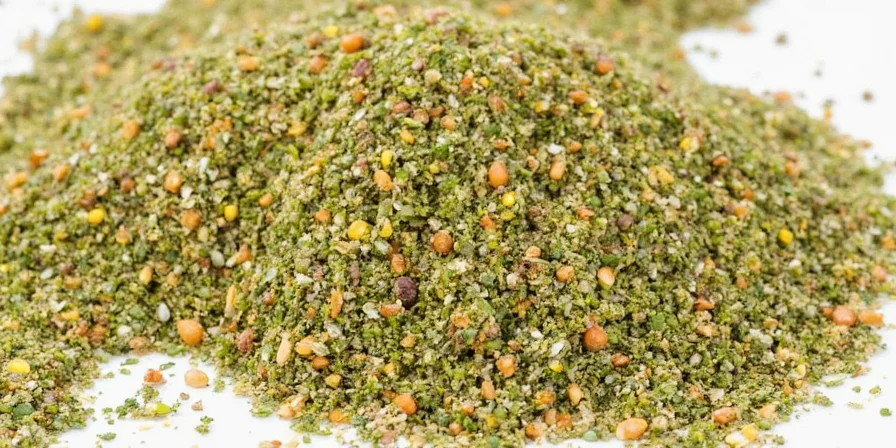











 浙公网安备
33010002000092号
浙公网安备
33010002000092号 浙B2-20120091-4
浙B2-20120091-4